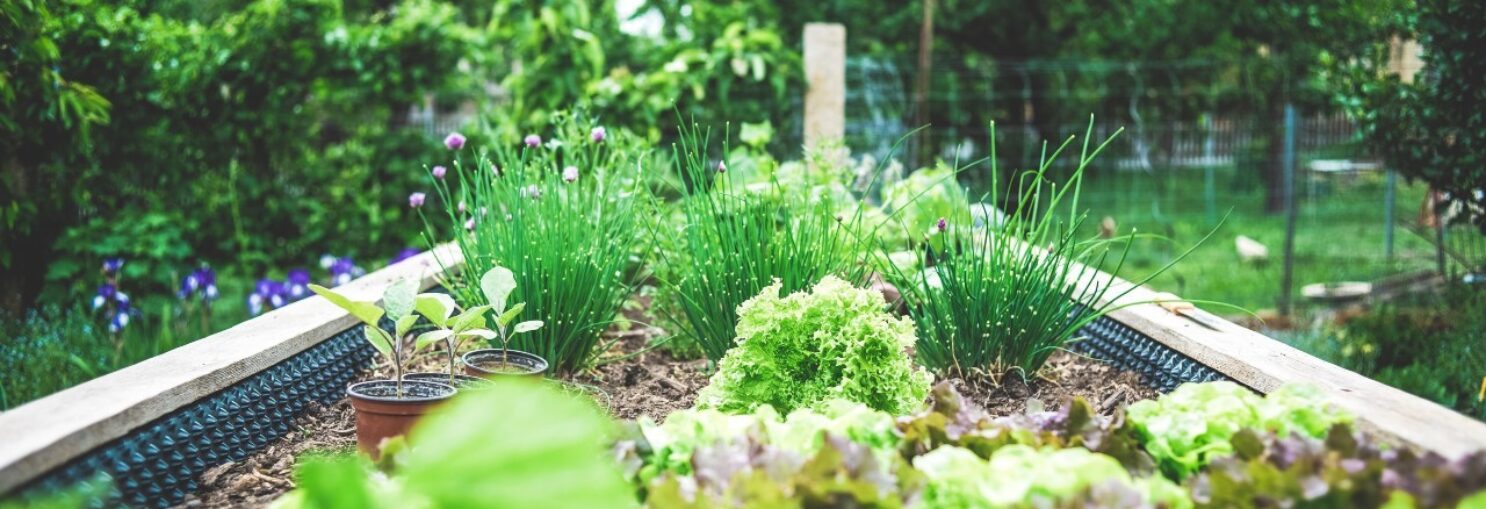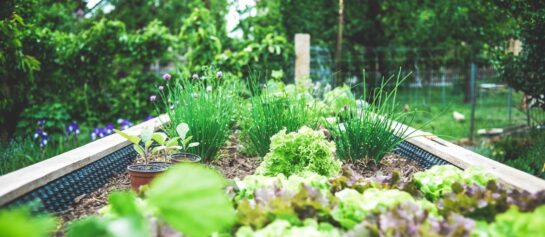One silver-lining of lockdown in the UK is that the extra time at home has given us the chance to appreciate some new past-times. Gardening is definitely one of those. People have really reconnected with growing and many different types appeal to different people. Some prefer to attempt growing the exotic – I got an avocado up and running during the Summer (the jury’s still out on the success of that). Others have opted to help the environment with wildflowers or guerilla gardening, giving assistance to our essential pollinators. But, some people have decided to give sustainability a stab and see how they go growing their own food – a very admirable pursuit. Perhaps you might be in the same boat and fancy getting some fruit and veg on the table, grown from your own fair hand. As Spring approaches, now would be a great time to make some plans to get sewing. In this piece, I’ll outline five of the best food items to grow, for beginners:
1. Radishes
Radishes really could be the easiest veg to cultivate. So much so that I’m struggling to find ways of filling the description out. Simply sew the seeds into the group, plant them around 20 cms/9 inches apart to allow healthy growth and water regularly (test the soil, if it’s dry give them a good sprinkling). Radishes are also very quick growers, so they are great for showing kids (and big kids) a quick return on their efforts.


2. Spring Onions
Again, a real easy win. Tasty and hardy little plants. Spring onions, like radishes, just need to be sown directly into the ground. They can be a little closer together – around 15 cms/ 6 inches. One word of warning is that they are a favourite food of slugs. So, if the weather is particularly wet, you’ll need to look into some humane ways of deterring the garden gobblers. Crushed egg shells work well for me.
3. Spinach
The Royal Horticultural Society (RHS) gives some great tips on growing this versatile salad item. You just need to create a trench around 2.5 cms/1 inch deep and sprinkle the spinach seeds along them, evenly. If you want to grow a few trenches at once ensure that they’re around 30 cms/12 inches apart. They need to be well watered, especially during dry spells.


4. Carrots
Sow in rows and thin out a couple of inches apart, if they start growing too close together. They take a little longer to grow than the others – around 12-16 weeks. But the extra time is definitely worth the pay off. People often think the leaves are toxic. However, this isn’t true. They are very bitter though so I wouldn’t suggest eating them. Root fly often try to eat your carrots but if you’ve got a pot taller than 50 cms/20 inches, these garden pests are unable to fly as high. So, you should be covered.
5. Beetroot
Some describe these purple beauties as ‘effortless to grow’. Sow them just as you would the carrots or spinach, keep them well watered (but not waterlogged), and watch them grow. Unlike the carrots, beetroot leaves are delicious. Pop them in a salad or stir-fry and thank me later. Beetroot are also super-nutritious and great for the immune system. Definitely worth a try.

All of the above can be planted now and, if the weather is fair and warm enough, you can get started whenever you wish in that month. They can be planted all the way up to July (for a September harvest) but make sure to take advantage of the bounty brought by April showers. Growing your own veggies can be a fantastic way of making a really positive affect on the environment. Having a greater connection and control over where you food comes from can only be positive. At the very least, the quality of food you grow yourself is far superior. It’s laced with a freshness and achievement that can’t be rivalled by store-bought veg. Give it a go and find out for yourself. Make it the lockdown hobby that survives after the pandemic.
That’s all folks. On your marks, get set, GROW!





